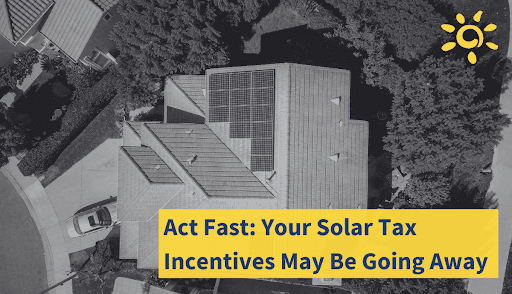Solar has already been embraced whole-heartedly by the local agricultural community as a money saver on large plots of land that require a tremendous upkeep. Large, grid-tied photovoltaic systems harvest the power of the sun and save any unused energy for later, creating a cushion of kilowatt hours that any power hungry operation would envy. Solar Living Source Book by Real Goods describes the many uses of solar in agriculture including: 1) lighting and heating; 2) crop and grain drying; 3) greenhouse heating; and 4) remote electrical supply among others. This is especially important on the central coast where many entrepreneurial land owners supplement their income by setting aside parts of their land for creating small businesses and taking their product to the web. In these cases photovoltaic energy is not only covering the agricultural energy expenditure but a small business as well.
In “California Wineries Switch to Solar Power”, Kara DiCamillo highlights the recent trend of California wineries going solar. Shafer Vineyards of Napa Valley, CA is highlighted as the first winery to go 100% solar and eliminate chemical-based farming. The winery uses a system that produces 129 peak kilowatts per hour which is enough energy to power 20 to 30 homes. Statewide energy shortages and increasing business upkeep costs are driving vintners to think ahead and invest in their passion instead of their electric company. Even customers enjoy sipping on their favorite chardonnay in a solar winery like Tolosa Winery which has eliminated 95% of their electricity demand through PV.
Business owners will be the first to tell you that a smart investment is what separates the good from the great. Now that the central coast of California has secured it’s foothold as one of the top agriculture and viticulture spots in the US, there could be no better time for businesses to wake up to the power of the sun!


